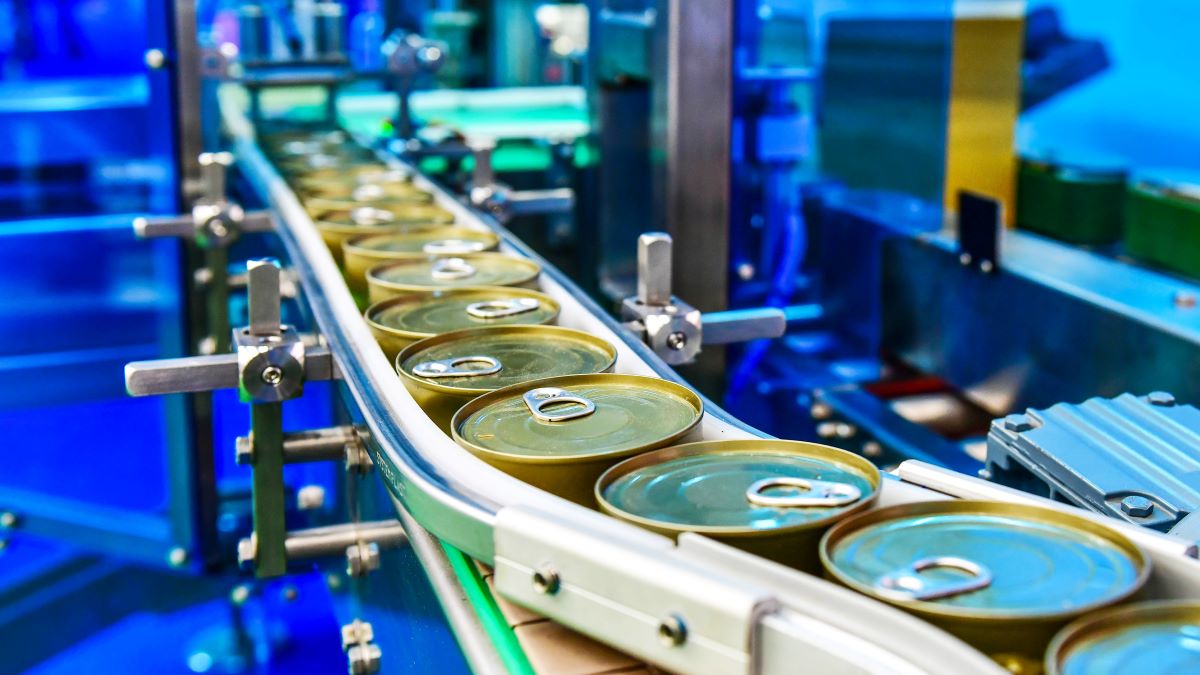Antibiotics, Vol. 14, Pages 856: New Generation Antibiotics Derived from DABCO-Based Cationic Polymers
Antibiotics doi: 10.3390/antibiotics14090856
Authors:
Betul Zehra Temur
Ilay Ceren Cetinkaya
Merve Acikel Elmas
Nihan Unubol
Serap Arbak
Tanil Kocagoz
Tarik Eren
Ozge Can
Background/Objectives: The growing threat of antibiotic resistance necessitates the development of novel antimicrobial agents that effectively target pathogenic microorganisms while minimizing toxicity. Methods: Two series DABCO-based cationic homopolymers (D-subs 1kDa, D-subs 5kDa, D-subs 15kDa) and DABCO–pyridinium-based copolymers (PyH-subs 5kDa_Dsubs 5kDa, PyH-subs 7kDa_Dsubs 3kDa, PyH-subs 3kDa_Dsubs 7kDa) were synthesized to mimic to host-defense cationic peptides via ring-opening metathesis polymerization (ROMP). The antimicrobial activities of these polymers were determined by their minimum inhibitory concentrations (MICs) against E. coli (Gram-negative bacteria), P. aeruginosa (Gram-negative bacteria), S. aureus (Gram-positive bacteria), and C. albicans (fungus). In vitro cytotoxicity assays revealed selective toxicity towards bacterial cells, with high selectivity indices for several copolymers. To gain insight into the mechanism of action, morphological changes in S. aureus upon exposure to D-subs 1kDa were examined using scanning electron microscopy (SEM) and transmission electron microscopy (TEM). Results: The D-subs 15kDa homopolymer demonstrated the highest overall antimicrobial activity, particularly against S. aureus (MIC: 8 µg/mL), with all polymers exhibiting minimal hemolytic activity (HC50 ≥ 1024 µg/mL). SEM and TEM results revealed membrane disruption indicative of polymer–bacteria interactions. Additionally, stability studies confirmed polymer integrity under physiological conditions for at least 28 days. Conclusions: These results support the potential of DABCO-based cationic polymers as a promising platform for next-generation antimicrobial therapeutics.
Source link
Betul Zehra Temur www.mdpi.com


